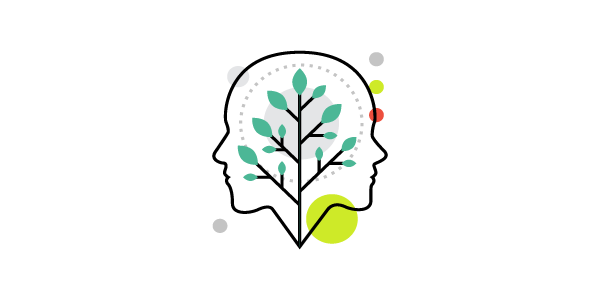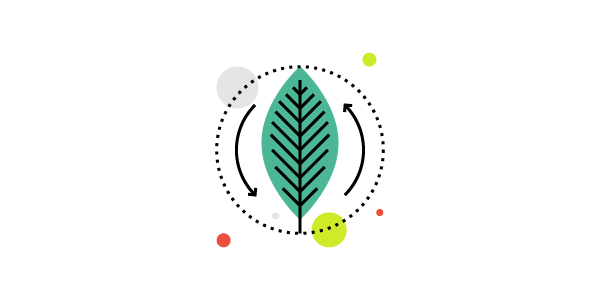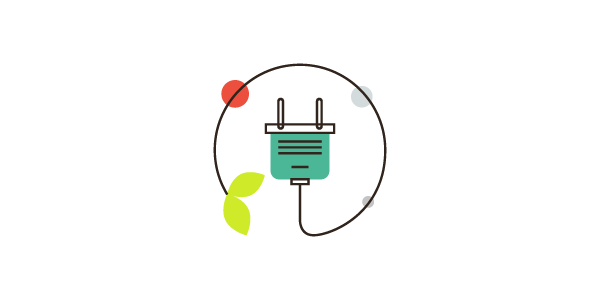How did you feel during your last visit to a park, mountain, or beach? What went through your mind when you heard the rustling trees, smelled the fresh wind, or touched the soft earth? Were you relaxed? Happy? According to Edward O. Wilson, the father of sociobiology, this reaction is expected because it’s hardwired into the human DNA.
In his 1984 book, Biophilia, Wilson argued that humans love nature because we evolved in it. Our psychological well-being depends on interacting with it – a lot. Unfortunately, urbanization has penned humans into concrete and plastic boxes and the results are unsurprising: human beings suffer from increased mental, even physical, stress.

The thesis became popular, especially in the minds of architects and interior designers. Research on biophilia exploded over the last three decades. Today, it’s known that designing spaces according biophilic principles can:
- Increase productivity by eight percent in offices
- Encourage guests to pay 23 percent more for hotel rooms with
- Boost learning by 20 to 25 percent increase in biophilic classrooms
- Reduce the need for pain medication by 22 percent
- Convince customers to pay eight to 12 percent more for goods and services in premises with vegetation and landscaping
- Reduce crime in homes with access to nature enjoy by seven to eight percent
These numbers can transform the way we work and live for the better. Many architects and designers are championing biophilic design to connect the human need for nature within modern built environments while reducing unnecessary stress.
But how does it work? Can painting the pantry tables green and adding a small cactus count as biophilic design?

Biophilic designs have three characteristics. First, it focuses on aspects of nature that helped people survive. Human bodies naturally recognize these features and trigger feelings of well-being within their presence. On the other hand, deserts, deep-sea environments, and alien landscapes are parts of nature too but people would react to these with danger and stress.
Second, biophilic design prioritizes the overall space – not isolated occurrences of nature. A lone cactus or green color is not enough to qualify because it won’t have a significant effect. A human must be surrounded by biophilic elements to create an ecosystem that the body recognizes as beneficial.
Lastly, it emphasizes repeated engagement and contact to create an emotional connection. Everything built by humans only imitate nature and don’t create the instinctual response that the real wilderness instills in people. Additionally, many of us are so divorced from nature that we suppress this instinct. Biophilic design seeks to strengthen our weak connections through repeated experiences.

To implement this type of design, spaces must be created that play with direct and indirect experiences of nature. Direct connections include residences that maximize natural light, hospitals with plants, offices with animals, and retail shops with ponds. Indirect experiences can be as simple as using natural materials like wood for desks, mimicking natural shapes and forms, and adding images of nature.
Adhering to biophilic design principles can require massive changes and commitment. Few homeowners or companies can instantly overhaul their homes or offices to incorporate nature. Fortunately, gradually changing the surroundings is possible. Start by adding touches of nature in your space. Add a cactus or potted plant first then change the desks and furniture into wood or similar material. Install office partitions with the color of the sky or of leaves. Eventually, your space will become a livable, natural habitat.
Already, companies, such as Apple and Google, are adopting this design to create productive office space for their workers.
Incorporating biophilic design into your working or living space takes time and effort. However, the benefits are worth it – in increased productivity and livability.
If you need help sprucing up the workplace for the New Year, contact Outboxd. We offer office partitions, tables, chairs, and more!
Cover photo from: Curbed
